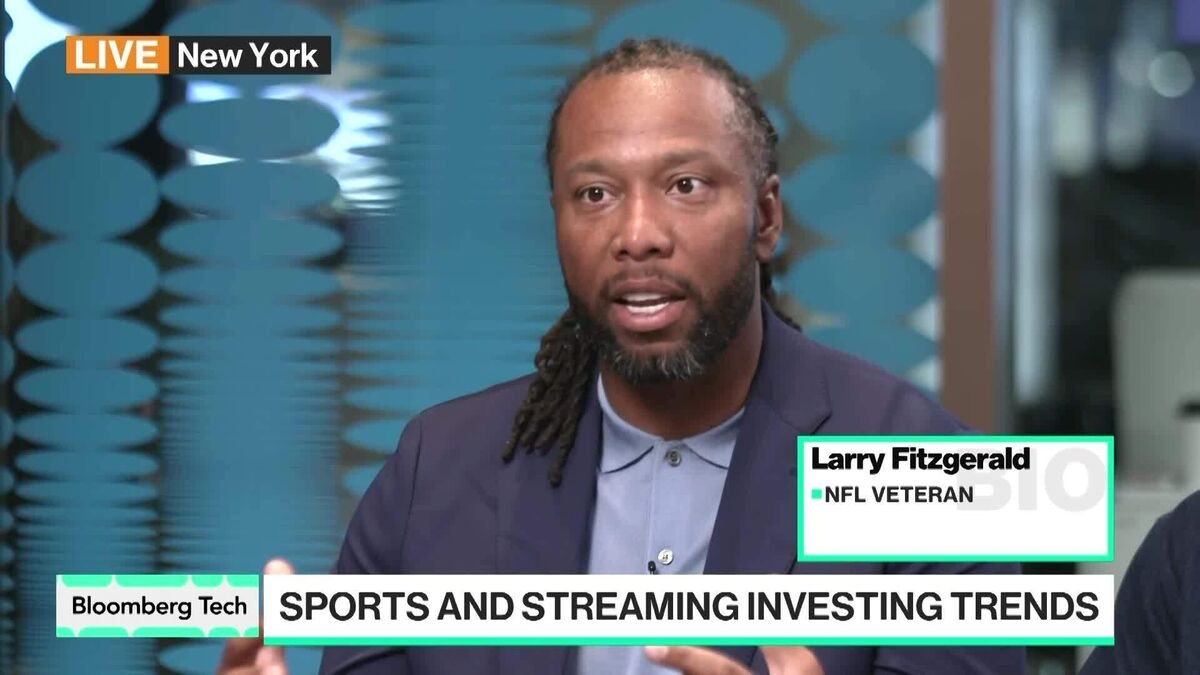Funding & Business
What Happened To China-Based Healthcare Funding In Q1’20?

Funding to China-based healthcare startups plummeted in the first quarter of the year, as investor activity dried up amid the Covid-19 pandemic.
Along with the health crisis that hit China in early 2020, healthcare startups saw fewer deals and dollars come in during the first quarter as investors paused on new financings.
Deals to China-based healthcare companies fell 39% compared to the quarter prior, with just 100 healthcare deals in the country as Covid-19 pushed investment appetite down.
The number of mega-rounds ($100M+) to China-based companies also fell, from 8 rounds in Q4’19 to just 3 in Q1’20.
More specifically, the digital health space in China saw a large decline, with funding down 52% and deals down 51% quarter-over-quarter since Q4’19.
Telehealth companies, however, saw a spike in utilization for their services as patients turned to online visits.
The largest China-based digital health financing in the quarter went to Zhangshang Tangyi, a mobile diabetes management app that allows patients to record their own health data. It raised a $144M Series D in January from investors including Samsung, Talsy Capital, and SIG Asia Investments.
For more information and additional insights into healthcare funding trends, check out our State Of Healthcare Q1’20 Report: Investment & Sector Trends To Watch.
If you aren’t already a client, sign up for a free trial to learn more about our platform.
Funding & Business
Chaotic Year For Shipping: Port of LA Executive Director Seroka

Postal shipments into the US are down over 80% after the end of the de minimis exception, waving tariffs on lower valued shipments from overseas. This has lead to frustration and confusion for shippers as they try to navigate this new reality. Port of Los Angeles Executive Director Gene Seroka has more on the story. (Source: Bloomberg)
Source link
Funding & Business
Investment Opportunities in the Overlap of Tech, Sports

Former NFL star and Courtside Ventures Investor Larry Fitzgerald, along with Courtside Ventures Partner Vasu Kulkarni, talk about the opportunity in sports and tech investing. The pair join Bloomberg’s Caroline Hyde from the Primary Summit in New York. (Source: Bloomberg)
Source link
Funding & Business
Klarna Shares Pop In Long-Awaited Public Market Entry

Shares of Klarna opened about 30% higher in first-day trading, at $52, on Wednesday in the company’s long-awaited initial public offering, proving that there’s investor appetite for yet another public fintech company.
The Stockholm-based company, which has evolved its model to offer more than just buy now, pay later plans, had set a price range for its IPO of $35 to $37 per share. But as of late Tuesday, reports indicated the company had increased the price of its shares to $40 due to “better-than-expected demand.”
Klarna trades on the New York Stock Exchange under the ticker symbol KLAR.
The new price range gives the company an initial valuation of $15.1 billion, and means that Klarna raised $1.37 billion from the initial public offering.
Klarna had filed a draft registration statement with the U.S. Securities and Exchange Commission last November, and in March made its F-1 prospectus public. But by early April, Klarna seemed to be hitting an indefinite pause on its IPO plans after President Trump announced sweeping tariffs.
At its peak as a private company, Klarna was valued at $45.6 billion. More recently, it was valued at $14.6 billion.
Since its 2005 inception, the company has raised nearly $6.2 billion in funding from investors including Sequoia Capital, General Atlantic and Silver Lake, with Santander adding $1.63 billion to that total in a debt financing just last week. Unlike many other fintechs, Klarna is profitable and turned net income of $21 million in 2024.
The open IPO market
Its IPO follows a string of well-received venture-backed debuts, including the blockbuster market entry by design software provider Figma, which saw shares triple in first-day trading (although they have come back down to earth since).
Klarna’s IPO also comes amid renewed interest in investment in fintech startups, with multiple rounds above $100 million closing this year.
Overall, the IPO dam in fintech finally seems to have broken in 2025.
Since the beginning of the year, several companies in the fintech space have either gone public or filed to do so.
- In early June, shares of Circle closed up 168% at $83.29 in their first day of trading on the New York Stock Exchange, minting the stablecoin issuer with a market cap of around $16.7 billion and renewing hopes for an IPO market rebound. More recently, shares have traded in the $118 range.
- Digital bank Chime went public on June 12, and came out swinging. Chime’s shares shot up 37% in first-day trading on Nasdaq, closing at $37. Shares have traded around $23 in recent days.
Meanwhile, digital wealth management startup Wealthfront filed confidentially for a U.S. initial public offering on June 23. And in early June, crypto exchange Gemini confidentially filed its own plans for a U.S. IPO. Expense management firm Navan (formerly TripActions) also filed confidentially for a U.S. IPO in June. And, blockchain lender Figure is set to make its public debut on Sept. 11.
Related Crunchbase query:
Related reading:
Illustration: Dom Guzman
Stay up to date with recent funding rounds, acquisitions, and more with the
Crunchbase Daily.
-

 Business2 weeks ago
Business2 weeks agoThe Guardian view on Trump and the Fed: independence is no substitute for accountability | Editorial
-
Tools & Platforms4 weeks ago
Building Trust in Military AI Starts with Opening the Black Box – War on the Rocks
-

 Ethics & Policy1 month ago
Ethics & Policy1 month agoSDAIA Supports Saudi Arabia’s Leadership in Shaping Global AI Ethics, Policy, and Research – وكالة الأنباء السعودية
-

 Events & Conferences4 months ago
Events & Conferences4 months agoJourney to 1000 models: Scaling Instagram’s recommendation system
-

 Jobs & Careers2 months ago
Jobs & Careers2 months agoMumbai-based Perplexity Alternative Has 60k+ Users Without Funding
-

 Podcasts & Talks2 months ago
Podcasts & Talks2 months agoHappy 4th of July! 🎆 Made with Veo 3 in Gemini
-

 Education2 months ago
Education2 months agoMacron says UK and France have duty to tackle illegal migration ‘with humanity, solidarity and firmness’ – UK politics live | Politics
-

 Education2 months ago
Education2 months agoVEX Robotics launches AI-powered classroom robotics system
-

 Funding & Business2 months ago
Funding & Business2 months agoKayak and Expedia race to build AI travel agents that turn social posts into itineraries
-

 Podcasts & Talks2 months ago
Podcasts & Talks2 months agoOpenAI 🤝 @teamganassi

